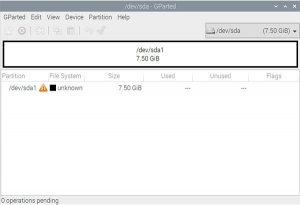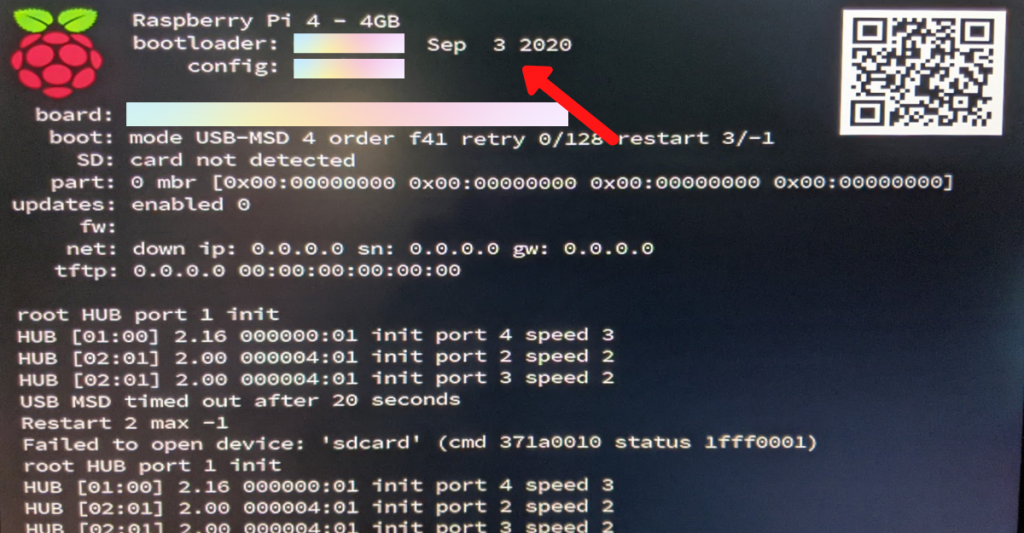

I recommend you enable the following widgets: You will be prompted to setup your dashboard. Once you reach the login screen, enter username admin and password openmediavault: Once you have that info, login to OpenMediaVault by opening a new tab in your browser, and enter the IP address. There is a possibility your Pi’s IP address may have changed after installing OMV, so go through the same process as before to find it. Once your Pi has finished rebooting, attach your USB drive to either USB3.0 (blue) or USB2.0 port (black). Login to your Pi again, then install OpenMediaVault ( OMV) but note: that is can take up to 15 minutes to finish installing (it will automatically reboot, see screenshot below): wget -O - | sudo bash Now you can login using an SSH client like PuTTY, then update the system: sudo apt update & sudo apt upgrade -y


You’ll need a good quality micro- USB power supply ( RPi 4 Power Supply or RPi 3 Power Supply). I recommend either a Raspberry Pi 3 or Raspberry Pi 4 with as much RAM as you can afford (I’m using a RPi 4 with 4GB RAM in this guide).

If you want to learn how to build RAID arrays (including on Raspberry Pi), I have created a dedicated page Linux RAID Arrays using mdadm. This is an intermediate guide and supersedes my previous guide “Build a Raspberry Pi RAID NAS server” which has been retired. Today I’ll show you how to build a Raspberry Pi 3/4 NAS server using either a USB flash drive or external SSD/M.2 drive and OpenMediaVault.


 0 kommentar(er)
0 kommentar(er)
